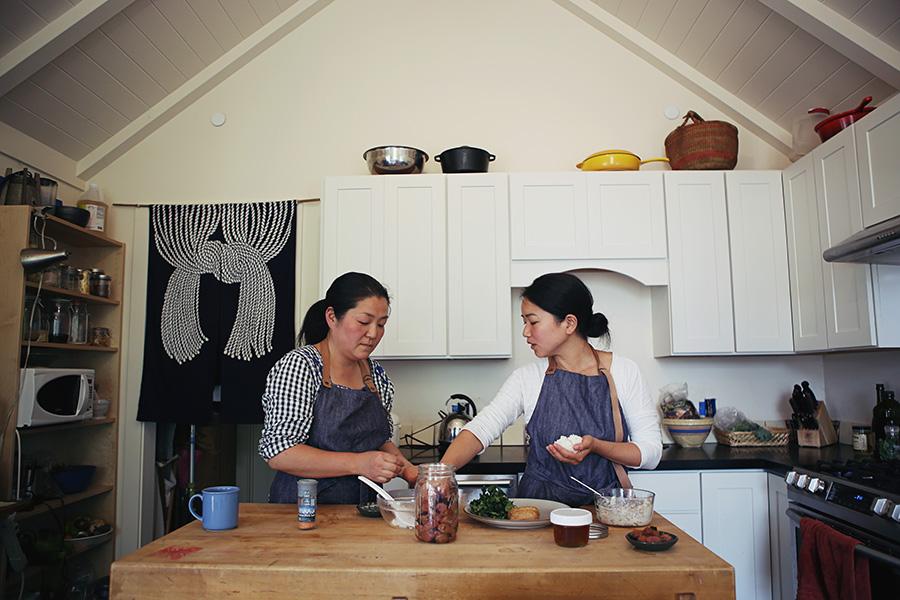As Erika Hara rubs pink salt between her hands and begins to shape a handful of warm rice, she explains that onigiri—Japanese rice . . .
Haraneco Café rolls out comfort food from Japan


As Erika Hara rubs pink salt between her hands and begins to shape a handful of warm rice, she explains that onigiri—Japanese rice . . .